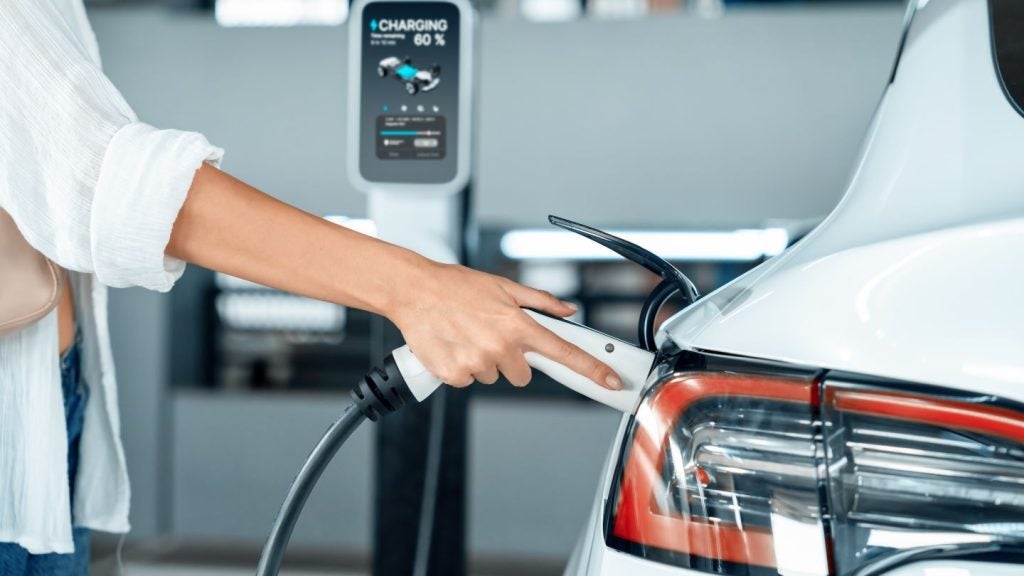Benteler International has been granted a patent for a battery carrier design for electric vehicles. The carrier features a trough with a frame and struts made from lightweight metal profiles that are connected through material bonding. One end of a profile is geometrically calibrated with a chamfer, where a thermal joining seam is located. GlobalData’s report on Benteler International gives a 360-degree view of the company including its patenting strategy. Buy the report here.
According to GlobalData’s company profile on Benteler International, Stabiliser bar type suspensions was a key innovation area identified from patents. Benteler International's grant share as of September 2023 was 59%. Grant share is based on the ratio of number of grants to total number of patents.
Battery carrier for electric vehicle with geometrically calibrated hollow profiles
A recently granted patent (Publication Number: US11772192B2) describes a battery carrier for electric vehicles. The battery carrier includes a trough with a frame and multiple struts. The frame and struts are made up of hollow profiles that are joined together through material bonding. One end of at least one hollow profile is geometrically calibrated and has a chamfer with a thermal joining seam.
The patent also mentions that the calibrated end of the hollow profile bears against an adjacent hollow profile, and the thermal joining seam is recessed within the chamfer. Additionally, the hollow profile can have deformed side walls or top and bottom walls at the calibrated end. The orientation of the side wall at the calibrated end may also differ from the orientation in the adjoining longitudinal portion due to the calibration.
The battery carrier design allows for the insertion of an adjacent hollow profile into a cutout of the calibrated hollow profile. The chamfer, where the thermal joining seam is located, can be on the end edge or outer longitudinal edge of the calibrated end. The hollow profiles used in the battery carrier are extruded, and specifically, lightweight metal profiles.
The patent also includes a method for manufacturing the battery carrier. The method involves extruding the hollow profiles, calibrating the calibrated end through plastic shaping, creating the chamfer during extrusion or calibration, arranging the calibrated end next to another hollow profile, and thermally joining them using the thermal joining seam within the chamfer. The calibration process can be performed using inner and outer tools, with the inner tool introduced into the hollow profile in a longitudinal direction.
This granted patent introduces a battery carrier design and manufacturing method that utilizes geometric calibration and thermal joining seams. The use of hollow profiles and material bonding provides structural integrity to the battery carrier while allowing for efficient manufacturing processes. The design also allows for flexibility in the orientation and deformation of the hollow profiles, enabling customization for different electric vehicle models. Overall, this patent contributes to the advancement of battery carrier technology in the electric vehicle industry.
To know more about GlobalData’s detailed insights on Benteler International, buy the report here.
Data Insights
From

The gold standard of business intelligence.
Blending expert knowledge with cutting-edge technology, GlobalData’s unrivalled proprietary data will enable you to decode what’s happening in your market. You can make better informed decisions and gain a future-proof advantage over your competitors.







